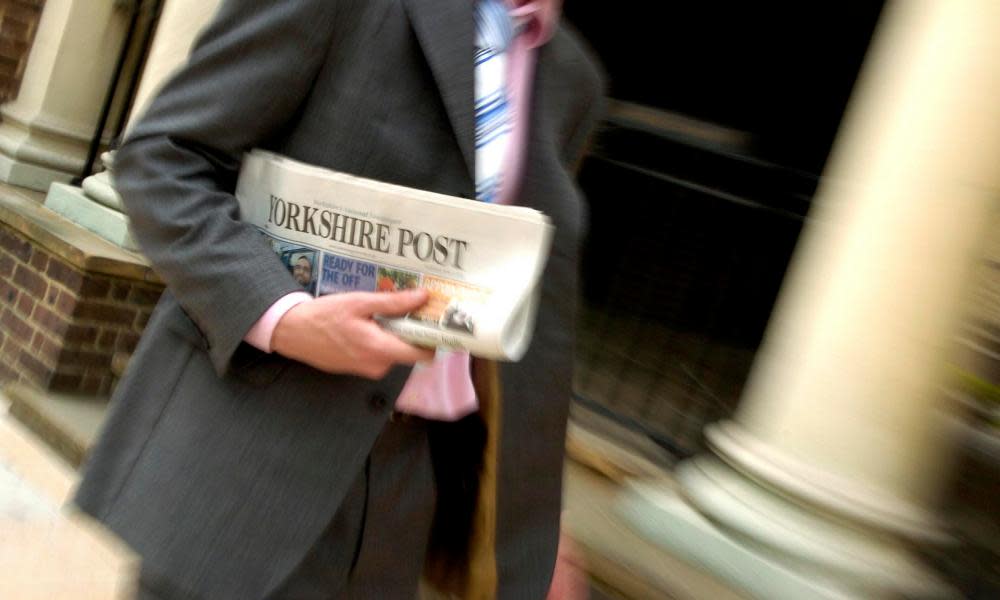Johnston Press: rescue plan for Scotsman newspaper group

Scores of local newspapers as well as titles including the i, the Yorkshire Post and the Scotsman, will continue to publish after its troubled owner agreed a deal to secure its future – only a day after the company entered administration. But thousands of employees will be worse off under changes to their pension plans.
Johnston Press, which was founded in 1767 and owns more than 200 titles in print and online, was crippled by debts of more than £220m – blaming its financial woes on the threat to digital advertising from tech giants such as Google and Facebook.
Under the deal, the company’s shares will be delisted and ownership passed to a consortium of four lenders – CarVal, Fidelity, Benefit Street Partners and Goldentree Asset Management– who will reduce its debts to £85m and inject £35m.
“The sale is an important one for the Johnston Press businesses as it ensures that operations can continue as normal, with employees’ rights maintained, suppliers paid, and newspapers printed,” said chief executive David King, who will remain in post in the new company, JPIMedia.
But Johnston Press’s largest shareholder, Custos Group, issued a statement accusing the board of acting out of self-interest: “Their actions today, ensuring their own jobs are safe, but sacrificing the pensions of their loyal staff, many of whom will no doubt also lose their jobs under the new ownership of a US hedge fund, is simply a disgrace and a vulgar display of the worst elements of capitalism.”
National Union of Journalists general secretary Michelle Stanistreet said that there were significant concerns over the new owners’ long-term intentions: “We want meaningful guarantees on the future and integrity of these titles and the livelihoods of staff, and a commitment that this is not a transition leading to a carve-up of the group motivated by asset-stripping.”
Under the terms of the deal, almost 5,000 people who have paid into the company’s pension scheme, will be affected when, as part of the restructuring plan, it is placed under Pension Protection Fund payment rules.
Around half are already drawing their pension and will receive the full amount of what they were promised.
The remainder, who have yet to draw on their pensions, will receive around 90% of what they were promised. Both groups will have future increases to their pensions calculated using the CPI rate of inflation, rather than the current RPI rate, which tends to be around 1% higher.

 Yahoo News
Yahoo News 
